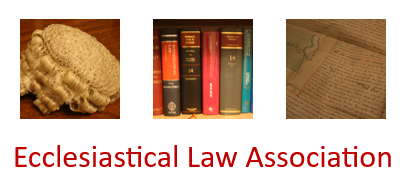The Parochial Church Council wished to carry out works extending the church hall, next to the southern boundary of the churchyard, in order to improve the facilities that it affords for uses that are ancillary to the church and for wider community use. The proposed works included removal of two trees; relocation of memorials; removal and rebuilding gate post; resurfacing of the path. Letters of objection were submitted by eight parishioners, of whom one withdrew and two became formal objectors. The Chancellor stated that the test to be applied was not the test laid down in Re St. Alkmund Duffield [2001] (which applied to listed buildings) but the test set out by Lord Penzance in Peek v Trower [1881]: "All presumption is to be made in favour of things as they stand. If you and others propose to alter them, the burden is cast upon you to shew that you will make things better than they are – that the church will be more convenient, more fit for the accommodation of the parishioners who worship there, more suitable, more appropriate, or more adequate to its purpose than it was before; and if you cannot shew this to the court, at least shew the court that a majority of those for whose worship the church exists desires the alterations which you propose." The Chancellor determined that the test had been satisfied. Faculty granted.

